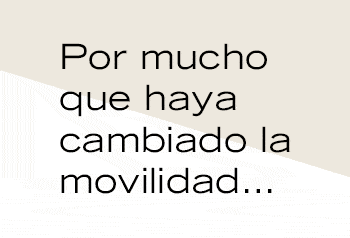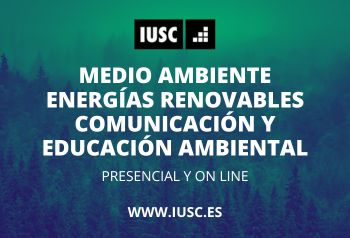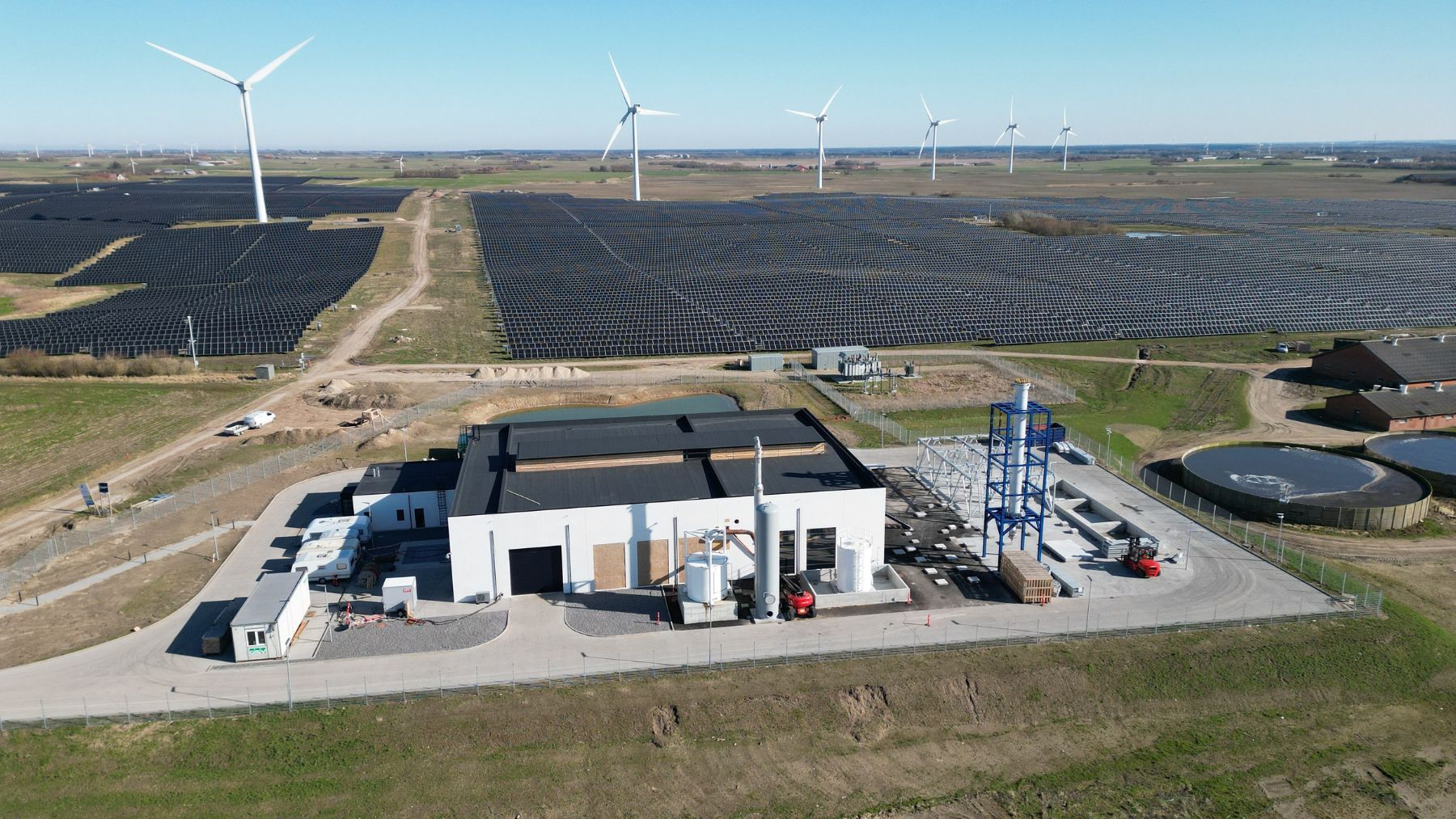Denmark merge for the first time wind, sun, water and air. He has obtained 5,000 tons of a rare substance. Mitigating climate change depends above all on a radical change in the way energy is generated and used. Several industries need to stop depending on fossil fuels and switch to renewable energy sources. In this context, people have already witnessed ambitious projects such as the monumental deployment of green hydrogen led by Spain.
The survival of people and the planet requires an energy model based on the use of renewable energy sources and with affordable prices for all. At this point in history, it is clear to humanity that energy is one of the great drivers of development. However, some of its production is the root cause of the climate crisis that threatens both the environment around us and ourselves.
To change this reality and reverse the situation, several countries and companies involved in energy are working on new ways to generate and consume energy. In this way, Denmark has been encouraged to merge for the first time wind, sun, water and air. Now he’s got his hands on 5,000 tons of a rare substance that could be just what we’re looking for to say goodbye to fossils.
Denmark uses wind, sun, water and air to create the most sought-after fabric
Denmark has managed to produce ammonia for the first time directly with wind and solar energy. This has been achieved with this merger 5,000 tons of green ammonia per year. Three Danish companies (Topsoe, Skovgaard Energie and Vestas) have joined forces and knowledge to produce green ammonia in the most efficient way in the world. The factory Frame It is the first that can work directly with intermittent energy sources.
The first step needed to start this process is the production of clean energy. The plant draws electricity from a renewable energy park located a few meters away. Before the ammonia factory was built, this park already contained 6 Vestas V80 2 MW wind turbines.


The arrival of this project included the installation of 50 MW double-sided solar panels. This new solar capacity was added to the 12 MW of power already installed by the wind turbines. It is the first time that a hybrid wind and solar park is directly connected to an ammonia factory.
The second step of the process is the electrolysis of water. The clean energy generated by solar panels and wind turbines is used to power an electrolyzer, a device that applies electricity to water to break down H20 molecules into hydrogen and oxygen. This process is the same as that for the generation of green hydrogen, but in this case it is an intermediate step to obtain ammonia.
Denmark produces ammonia with water, sun, air and wind
The synthesis of ammonia is the third and final step performed. The hydrogen obtained through electrolysis is combined with nitrogen, extracted from the air, in a process called hydrogen synthesis. Haber Bosch. This procedure is carried out in a “synthesis loop” adapted to function efficiently despite the intermittent nature of renewable energy sources.
One of the innovations and distinguishing features of this factory is that it can adapt production to real-time fluctuations in production solar and wind energy. The plant Frame will generate 5,000 tons of green ammonia per yearwhich can then be used as fertilizer, fuel and hydrogen carrier, all carbon-free applications associated with its production.
Denmark has achieved a historic achievement with the sole fusion of wind, water, sun and air which we could compare to the ‘colossus’ of solar energy.

